We’ve all been there - a great subject that wants to be photographed, but the lighting and background aren’t the best. Shoot it at the meter and you’re giving away your creativity – and probably not producing the best possible image. But by using a combination of ambient exposure compensation and fill flash, the creative possibilities are nearly endless.
In this example of an Arctic Tern, the ambient light was from heavy overcast sky and the background was that same sky reflected off a body of water. Fill flash was used to help give some life to the colors of the subject. But not too much! Over flashing the subject will tend to give it a flat appearance, removing any natural shading and edge detail. Use flash exposure compensation (FEC) to find just the right amount of flash for a given situation.
The background is very bright and competes for the attention of the subject. By using exposure compensation (EC) for the ambient camera exposure, I was able to tone down the background brightness just enough to minimize the distraction.
Image 1 is for reference. This was photographed with evaluative metering with no compensation or flash. Images 2 though 7 show varying amounts of fill flash and camera exposure compensation. All are acceptable images and can be made even better with post processing. However, by getting the best results in the field, you save yourself a lot of time sitting in front of a computer. Example 8 is the same image as example 5 with very minor post processing – perhaps 2 minutes of time in Photoshop.
The exact camera and flash values used in the examples may vary with camera and flash brands and models. For digital cameras, always use your histogram and LCD to evaluate test images. Try different amounts of flash and ambient exposure to see what works best and produces your most creative images!
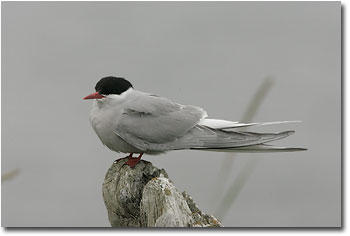
|
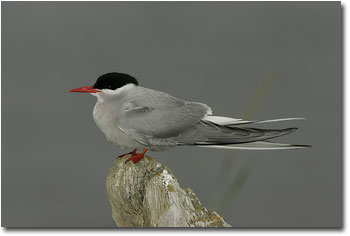
|
||
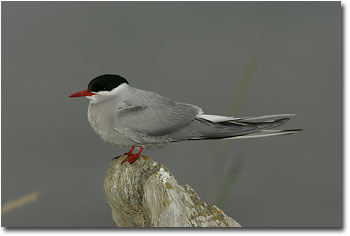
|
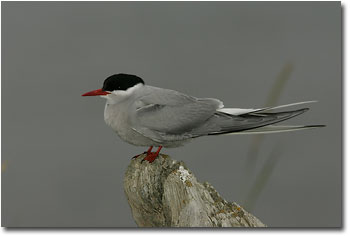
|
||
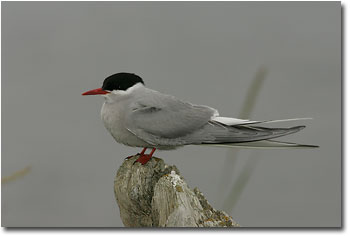
|
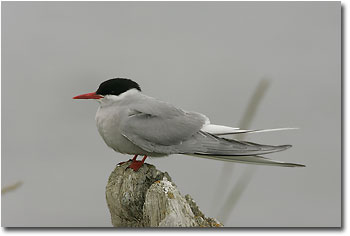
|
||
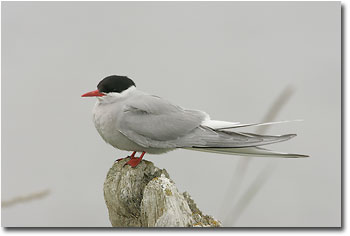
|
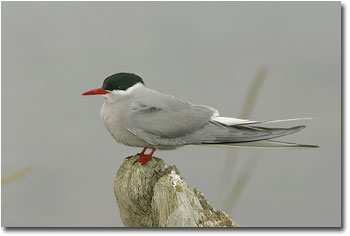
|
All images taken with a Canon 1D MkII, 500mm f4 IS, 1.4X teleconverter, 580EX flash with Better Beamer flash extender, ISO 400, Canon Evaluative Metering, f10. All images converted as-shot in BreezeBrowser Pro with cloudy white balance.
RS-NPN 0252
Comments on NPN bird photography articles? Send them to the editor.
Bob Steele has been involved in birding and bird photography for nearly 20 years. In the past few years, bird photography has become his passion. He is also a full-time engineer with the U.S. Navy. Bob lives in the bird-rich Kern County, California. This area is centrally located at the convergence of multiple bio-regions, giving him the opportunity to photograph many avian subjects. Visit Bob's website at www.bobsteelephoto.com.